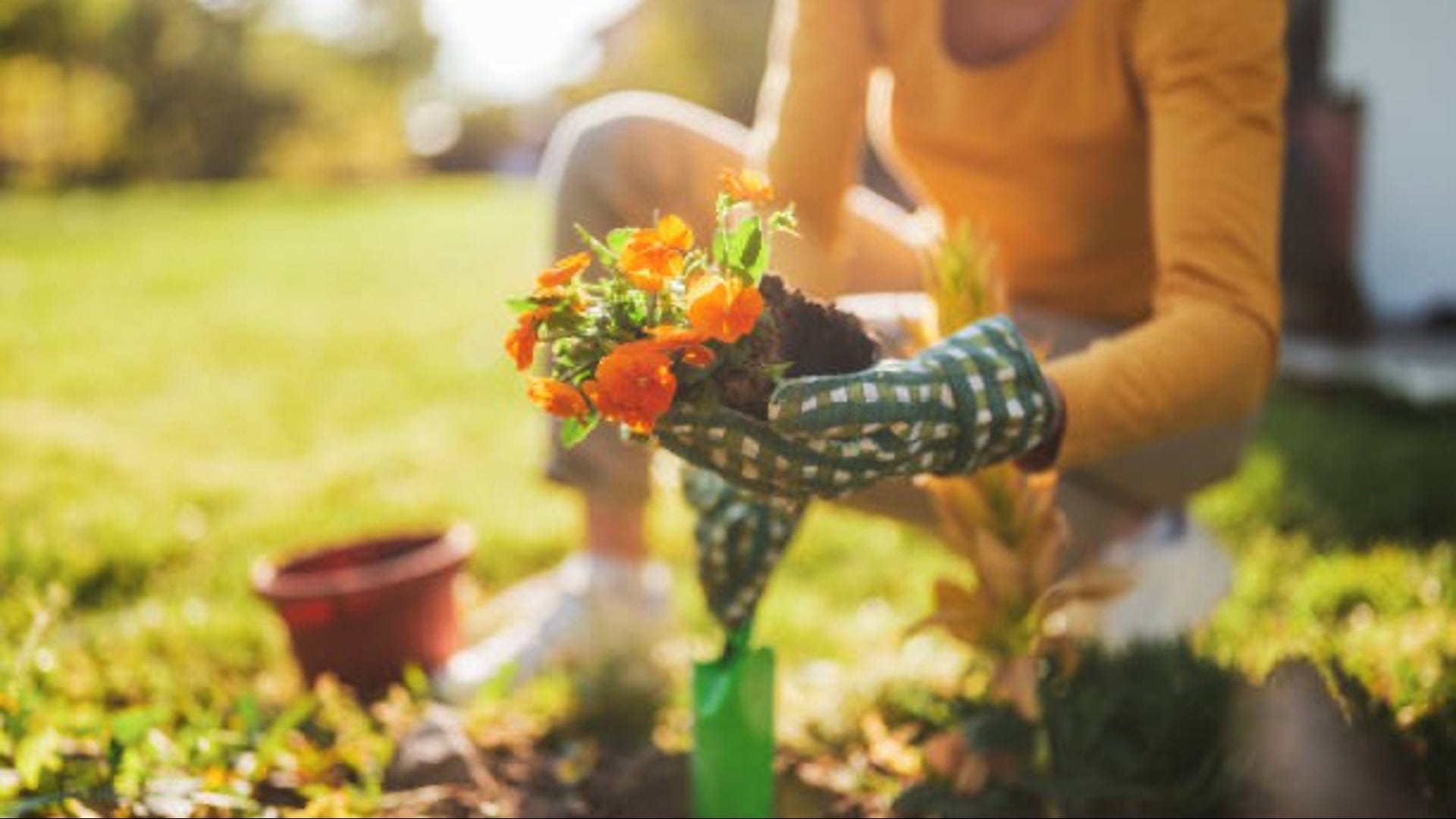You're watering your plants wrong. 4 tips on how to do it right

Every day, I get my weather forecast from our local TV newscast. In our outdoor business, the weather can have a great impact on our day. This is why I am glad we have several great meteorologists on every station. They do occasionally offer garden advice, which I wish they wouldn't do.
As an example, recently, my favorite morning meteorologist offered some very bad advice on watering. She was warning the viewers of the severe heat. She said that when watering your flowers, you should only do so in the morning or in the evening. Never water during the heat of the day because you would "burn up" your plants. That was the moment I knew what I would be writing about this week.
I have never heard of any cases of plants being burned up from being watered in intense heat. There is the possibility that the foliage of a few types of plants can suffer minor damage from water in the daytime.
An example would be wax leaf begonias. Water will bead on the leaves. The bead of water can have the effect of a magnifying glass when the sun hits it. This might burn a small brown spot on the leaf, but the damage is strictly cosmetic.
Here are some summer watering tips to keep you on the right path.
Morning is the best time for watering
If you happen to have a very flexible schedule and want to water at the best time for the plants, it would be in the morning. Morning is best because your soil and plants will be well hydrated ahead of the heat moving in for the day. Watering in the morning also allows the foliage to dry minimizing the possibilities of fungal issues on sensitive plants.
For this reason, the evening is not always a good time to water. With certain plants being vulnerable to fungal problems, you do not want them to go into the night with wet foliage. This is because at night, the moisture will stay on the foliage. During the day, it evaporates. What I'm talking about here is watering within an hour of the sun going down.
Watering during the heat of day doesn't burn up your plants
There are times when you have no choice but to water during the heat of the day. You could follow the advice I am offering here, but there might be a disruption to your schedule. You were unable to water in the morning. Your plants might not let you wait until the evening to water. You have to water during the day. Let me put your mind at ease: You won't burn up your plants.
Avoid getting water on leaves
It is always a good idea to avoid getting water on the foliage whenever possible. The water is primarily taken in from the roots. You need water in the soil, not on the leaves. Keeping water off of the foliage will keep them healthier. However, if the foliage gets wet, the plants will survive. After all, you can't stop the rain.
Hold off on watering until the soil is dry
When you water your beds or containers, you want to saturate the soil. Then, hold off on watering again until the soil is dry. You can tell when by feeling the soil for moisture. You can also let the plants tell you. It's okay to let them start to wilt. When they do, water them soon. If you do this a couple of times, you will be able to develop a watering schedule.
I have always warned you that the biggest problem I have seen with the way people water is that too many people water too often. Notice I said, "too often" and not "too much". The frequency of watering is more important than the volume of water. Plants need to dry out between water.
If the soil around your plants stays wet, the roots of your plants will start to rot. This will cause the leaves on the plant to wilt. There is a difference between dry wilting and wet wilting. When you water dry plants, the wilting stops. If you water and the wilting get worse, your plants are failing from root rot.